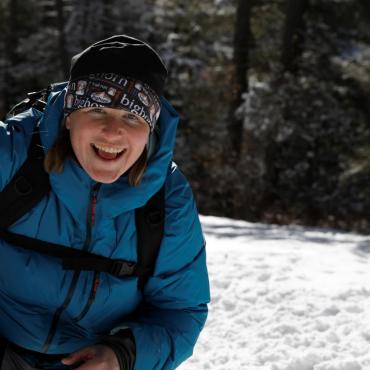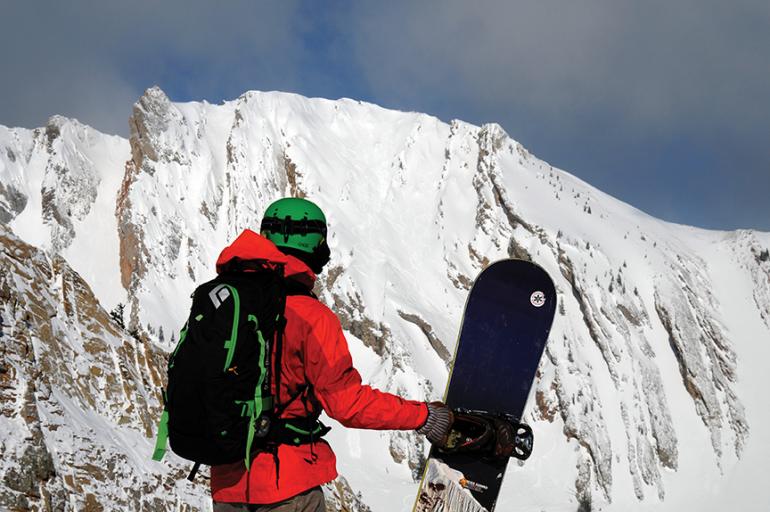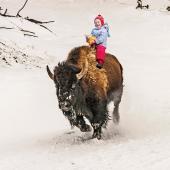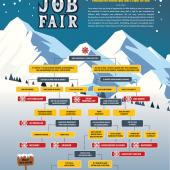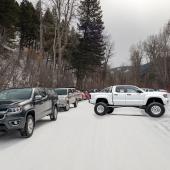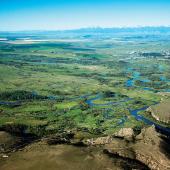Forest Report
The Revision Plan after a year.
The initial year of Forest Plan Revision is coming to a close with the release of the Assessment of Existing Conditions for public review. The Assessment document is a snapshot in time of the existing conditions on the Custer Gallatin National Forest. It’s meant to be quick and reflect a starting point for the rest of the Forest Plan Revision process.
In 2017, we move into developing a draft plan—an interactive and creative phase of forest planning—prior to the formal National Environmental Policy Act (NEPA) process. Over the course of 2017, several public involvement opportunities will exist starting with public meetings tentatively scheduled for late January.
The Assessment of Existing Conditions revealed that the Custer Gallatin hosts a wide variety of uses, including backcountry wilderness travel, highly popular angling, and wildlife viewing, plus mountain biking, trail running, skiing, and more. People’s interests continue to diversify, and as such, we continue to host a large number of recreational-use permits. Add other multiple uses such as mining, forestry, and cattle grazing, and we have quite a job ahead of us.
A major part of the Assessment of Existing Conditions is citizen feedback. You asked us to coordinate better with other agencies—local, state, tribal, and federal—and look beyond the Forest Service boundaries, considering the larger landscape. One of the overarching themes we heard was to recognize the uniqueness of each area, avoid a one-size-fits-all approach, and truly take the time to identify and appreciate the diversity of the forest. For example, the eastern districts of the Custer Gallatin National Forest host some of the largest district grazing programs in the nation and require a much different approach than the mountainous regions closer to Bozeman.
We were also reminded to think carefully about how to balance uses across the forest, and to respect public land and the variety of multiple uses that occur. While we may use the forest for different reasons and enjoy various aspects of it, we all fundamentally connect to the land, which was the main takeaway from this process.
Mariah Leuschen-Lonergan is a public affairs specialist for the Forest Plan Revision and can be reached at [email protected].


